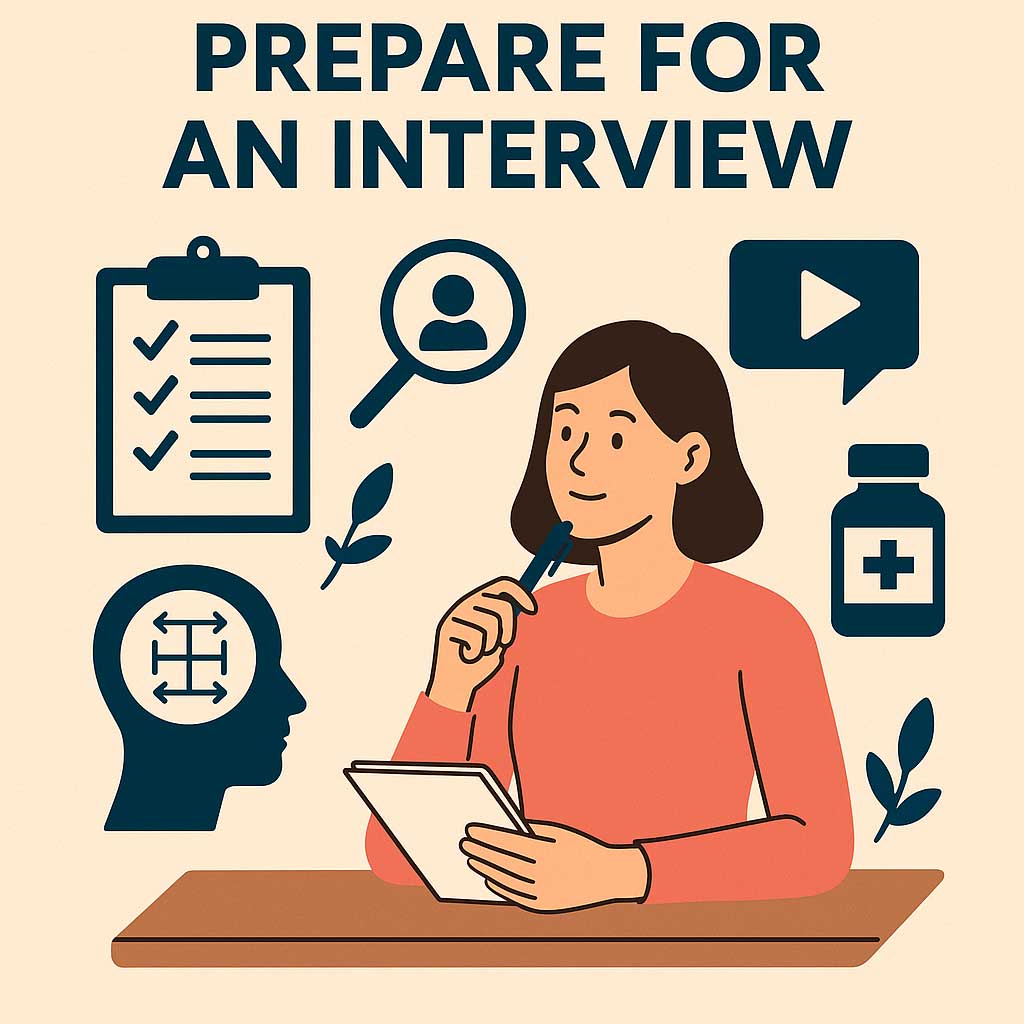WordPress security trends are evolving quickly as attackers become more sophisticated and websites grow more complex. If you manage a WordPress site, keeping pace with these changes is now just as important as publishing fresh content or improving your design.

Instead of treating security as a one-off task, site owners are moving towards continuous protection, smarter monitoring and layered defences. Here are the key shifts shaping how modern WordPress sites are being secured and what they mean for you.
The rise of AI driven attacks and smarter defences
Artificial intelligence is no longer a buzzword in cyber security. Attackers are using automated tools to scan thousands of WordPress installations for weak passwords, outdated plugins and misconfigured settings. These tools adapt quickly, changing IP addresses and attack patterns to slip past basic firewalls.
In response, more security services are applying machine learning to spot unusual behaviour, such as sudden login attempts from new countries or unexpected spikes in requests to the login page. Instead of relying only on fixed rules, these tools learn what “normal” looks like for your site and can flag anomalies in real time.
For site owners, this means traditional set-and-forget protection is no longer enough. Regularly reviewing security logs, enabling behaviour-based blocking and using services that update automatically are becoming standard practice.
Zero trust access for admins and contributors
Another of the most important WordPress security trends is the shift towards zero trust access. Rather than assuming anyone who reaches the dashboard is safe, zero trust works on the principle of “never trust, always verify”.
In practical terms, this means enforcing strong, unique passwords and enabling multi-factor authentication for all admin accounts. It also means limiting who can do what inside the dashboard. Editors rarely need full administrator rights, and developers often only require temporary elevated access while they work on specific tasks.
Role-based access, time-limited accounts for freelancers and regular reviews of user lists are becoming common. Removing old accounts, especially for people who no longer work with you, is one of the simplest yet most overlooked protections.
From basic backups to full resilience planning
Backups used to be the entire disaster recovery plan for many small WordPress sites. Now, resilience is the goal. That means not only keeping regular, off-site backups, but also planning how quickly you can restore service if something breaks or you are hacked.
Incremental backups, which only save the changes since the last copy, reduce server load and make it easier to roll back small mistakes. Storing copies in more than one location, such as cloud storage plus your hosting provider, adds another safety net.
Owners are also testing their recovery process rather than assuming it will work when needed. A backup is only useful if you know how to restore it calmly under pressure.
Hardening the whole stack, not just the dashboard
Security used to focus mainly on the WordPress admin area, but attackers increasingly target the whole stack: web server, database, theme code and third party services. This has pushed a trend towards layered protection.
Content delivery networks and web application firewalls now sit in front of many sites, filtering malicious traffic before it even reaches your hosting. At server level, rate limiting and bot filtering help reduce brute force attacks. Within WordPress itself, security headers, login URL obfuscation and file editing restrictions add further barriers.
Plugins still play a role, but they are now part of a broader strategy rather than the only line of defence. If you are considering tools to support that strategy, it can be useful to compare different wordpress security plugin options alongside host-level features.
Growing focus on supply chain and plugin risks
Most WordPress vulnerabilities originate in themes and plugins rather than the core software. As a result, one of the fastest growing WordPress security trends is tighter control over what gets installed and who maintains it.
Site owners are favouring well supported, actively updated plugins and removing anything that is no longer necessary. Automatic updates for minor releases are now common, with careful testing reserved for major changes. Some organisations even maintain an internal “approved list” of extensions that have passed basic security checks.


WordPress security trends FAQs
How often should I review security on my WordPress site?
A basic security review every month is a sensible minimum for most sites. This should include checking for available updates, removing unused plugins and themes, reviewing user accounts and scanning for malware. Higher risk or high traffic sites may benefit from weekly checks and real time monitoring so issues are caught before they affect visitors.
Do I still need security tools if my host says they are secure?
Hosting level protections are a strong starting point, but they rarely cover everything. Your host cannot fully control which plugins you install, how you configure user access or how quickly you apply updates. Combining a secure host with sensible configuration, regular maintenance and additional protective layers gives you a much stronger overall defence.
What are the most important WordPress security trends for small businesses?
For small businesses, the key trends are adopting multi factor authentication, keeping a strict handle on plugins, using automated backups with tested restores and enabling some form of web application firewall or traffic filtering. Together these steps significantly reduce the risk from common attacks while still being manageable for non-technical teams.


